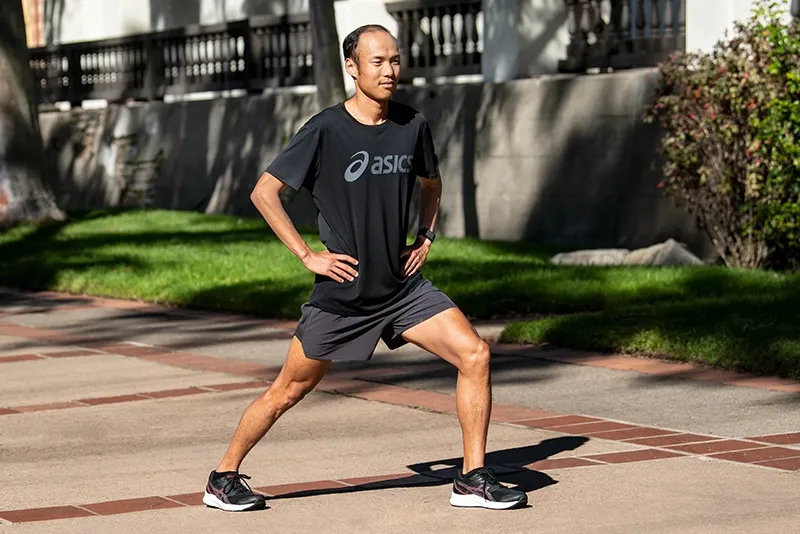
What Are Shin Splints and How to Avoid Them
July 22, 2021
A throbbing ache runs along the front of your shins. Don't panic. You're likely suffering from shin splints, or medial tibial stress syndrome. It’s a common lower leg injury that you can treat at home. However, you can avoid future issues by learning the causes of shin splints, how to treat them, and how to avoid them.
Causes of Shin Splints
Shin splints are an example of an overuse injury. Repetitive stress causes the muscles, tendons, and connective tissues along your tibia — your shinbone — to become inflamed. And that inflammation leads to soreness. You might even notice mild swelling on your lower leg, according to Mayo Clinic.
A number of factors can increase your risk of experiencing shin splints. These include your foot shape, muscle composition, and exercise habits.
1. Flat feet, a condition in which the arches of your feet are so flat that your soles touch the ground, can increase your risk of developing shin splints. Flat feet may develop during childhood, but they can develop in adults as well, says Cleveland Clinic.
2. Skipping out on a pre-run warmup or post-run stretches can result in shin splint pain.
3. Weak thigh muscles or glutes may lead to shin splints. These muscles are important for proper alignment as you run.
4. Your choice of footwear may be another risk factor. Worn-out shoes lack the cushioning and structure to absorb impacts or stabilize your steps.
5. Your choice of running terrain may put you at risk for this type of injury. Running on uneven or slanted surfaces puts additional stress on your legs. Running on hard surfaces, such as concrete, can also cause problems.

How to Treat Shin Splints
If you’re already suffering from shin splints, treat your pain using the RICE method. RICE stands for rest, ice, compression, and elevation.
1. Avoid high-impact exercises or take a break from your routine until you can perform without discomfort.
2. Wrap an ice pack in a towel and apply it to your sore shins. Do this several times a day for about 15 minutes at a time. You should notice the pain begin to fade.
3. Manage inflammation with a compression sleeve. Compression sleeves improve blood circulation and reduce swelling in your legs.
4. Use a pillow or another type of support to keep your leg elevated. This will also decrease inflammation.
Stretches that focus on lower leg muscles may also provide some relief. However, avoid stretching if the activity results in additional pain.
Shin splints that result in intense pain or months of discomfort may require surgery, says Healthline. Surgery is rarely necessary though.

How to Avoid Shin Splints
Don't allow shin splints to derail your workout. Instead, take active steps to avoid this type of overuse injury altogether.
Start by reassessing your exercise habits. Are you taking the time to warm up and cool down before your running sessions? Are you running on hard surfaces or inclines? Perhaps you're pushing yourself too hard too soon? Make adjustments to ensure more comfortable runs.
Aim to strengthen your leg and hip muscles. For example, calf raises can be effective for building leg strength, suggests Healthline. Position your toes on the edge of a raised platform. Balance your weight on one foot, and then slowly raise yourself by flexing that foot. Lower weight. Repeat this several times, and remember to switch legs.
Look for shoes that absorb shock and provide stability. Options such as the GEL-KAYANO™ 27 are especially beneficial for runners with flat feet. You can also try out custom shoe inserts to support your arches.











